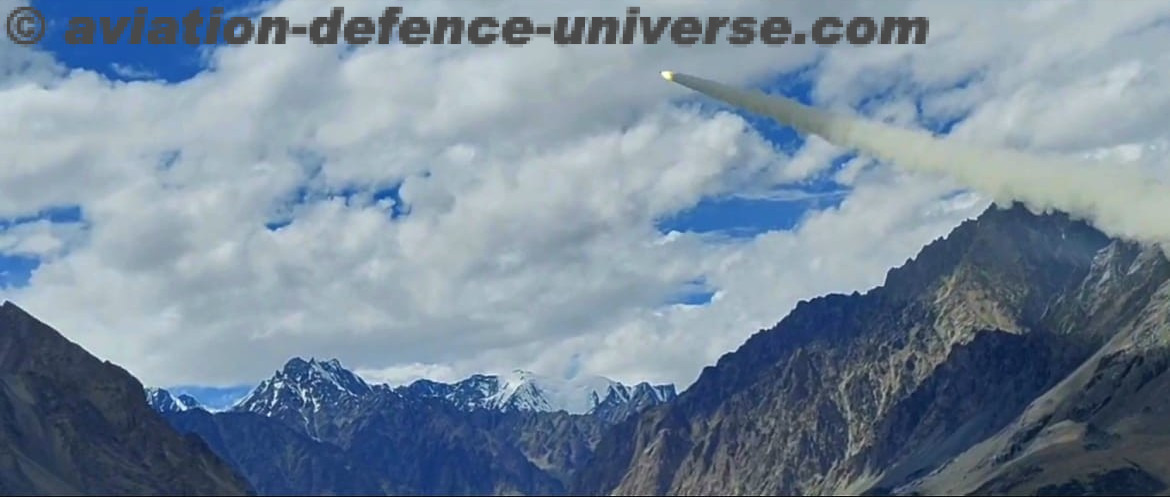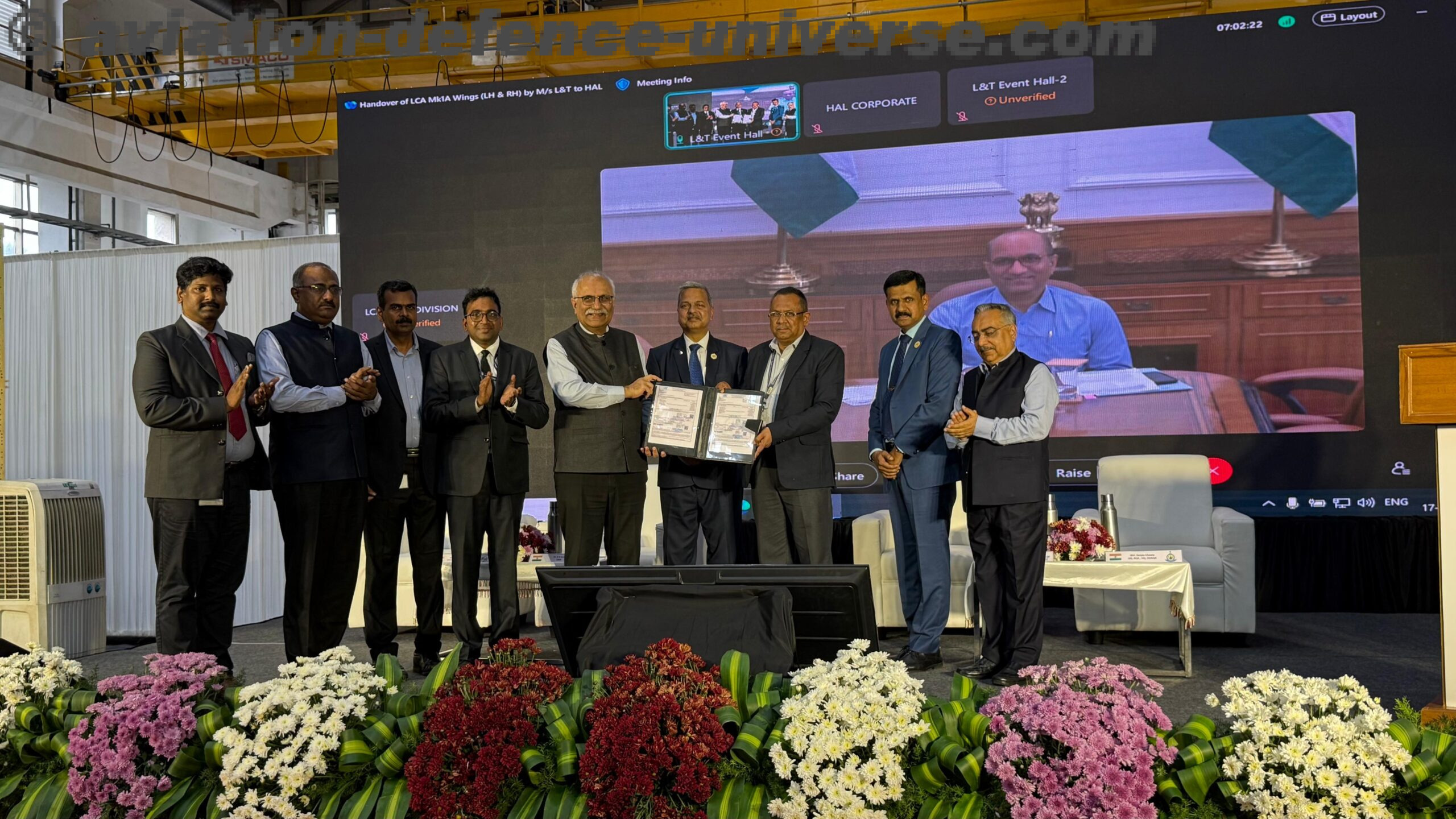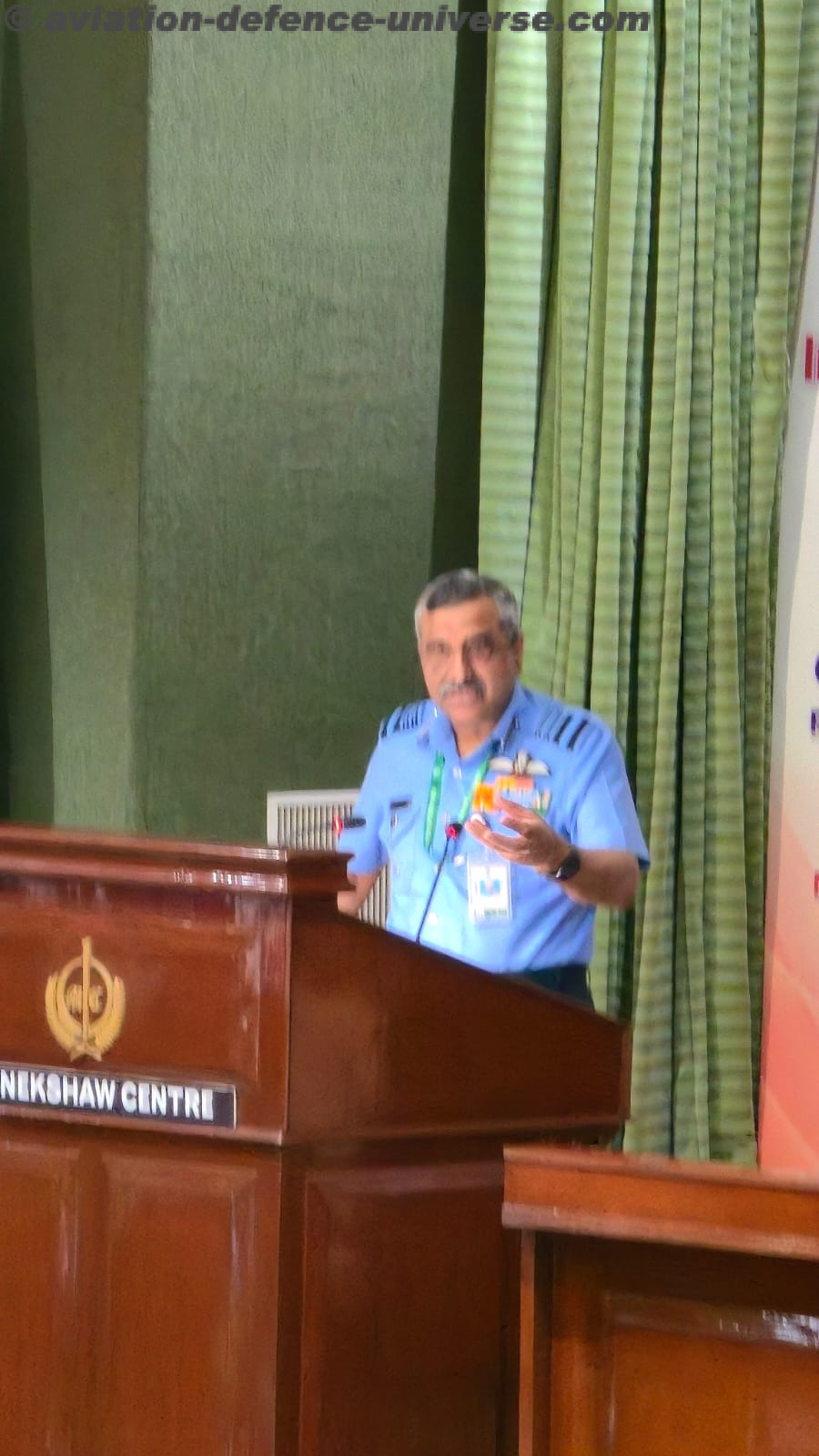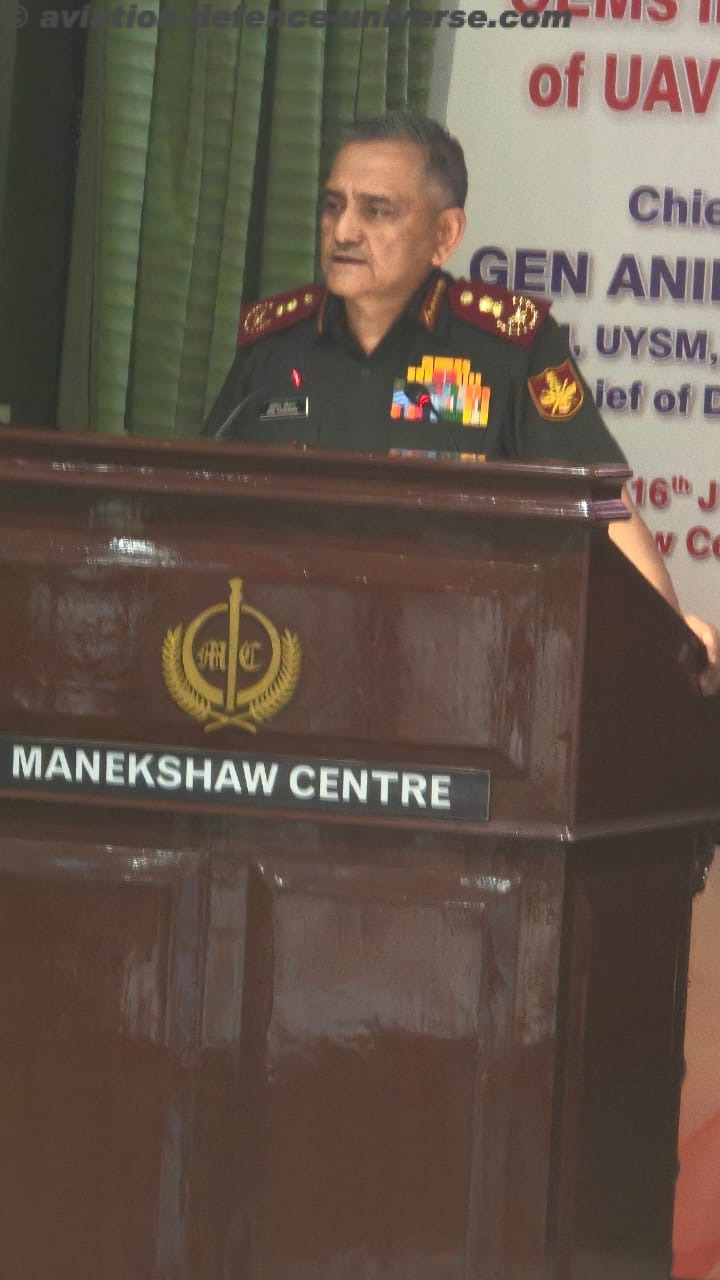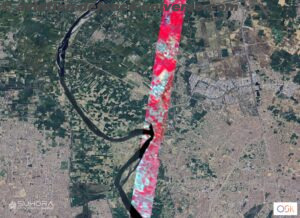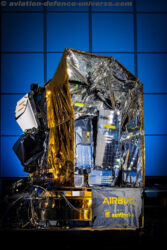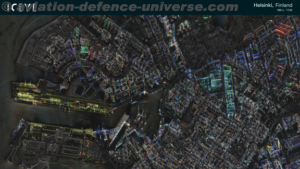Van Nuys, CA. 08 October 2019. IEEa manufacturer of field-proven enhanced displays for military applications, will be exhibiting at the 2019 AUSA Annual Meeting and Exposition in Washington, D.C. IEE’s continued focus on developing key display technologies helps improve situational awareness and mission performance for the warfighter. Higher resolution displays and low-latency “glass to glass” video processing are leading the way in both aviation and ground vehicle displays.
IEE’s 10.1-inch avionics Multi-Function Display (MFD) features a 1920×1200 color Liquid Crystal Display (LCD). The pixel density of this screen enables operators viewing High-Definition (HD) imagery from the latest cameras and Forward-Looking Infrared (FLIR) sensors to see more detail than possible with standard definition imaging systems. This resolution also provides extremely crisp text, symbology and lines that enhance readability of digital mapping systems. The IEE 10.1-inch MFD is suitable for use in the tactical aircraft environment with dual-mode backlighting options that provide sunlight readability and NVIS compliance, as well as rugged packaging so the display will perform as intended in extreme military environments.
IEE’s 12.1-inch XGA display features low-latency sensor-to-display glass video processing. Low-latency video processing from one of any seven inputs minimizes processing time in critical applications such as targeting or indirect driver vision systems. IEE displays support integrated network architectures such as Generic Vehicle Architecture (GVA) and US Army VICTORY. COTS and open architecture standards help meet an array of specific processing requirements.
IEE’s expertise in custom displays will be highlighted with a selection of high-resolution flat panel monitors including an ultra-wide-field 12.3-inch display (1920×720) where height restrictions apply. Typical applications include a driver dashboard display or a below armor periscope display.
“The enhanced visual experience of a high-res display for the warfighter cannot be over-emphasized,” says Steve Motter, Vice President of Business Development for IEE. “The crisp, clear details on FLIR video images, for instance, allows for much clearer target identification at a longer standoff range, directly improving mission performance.”











